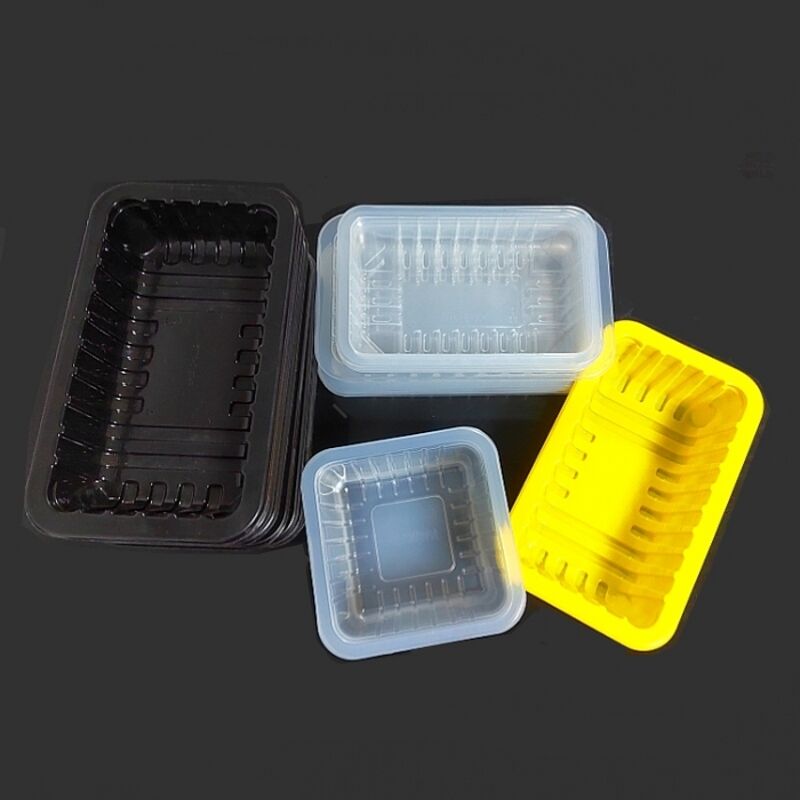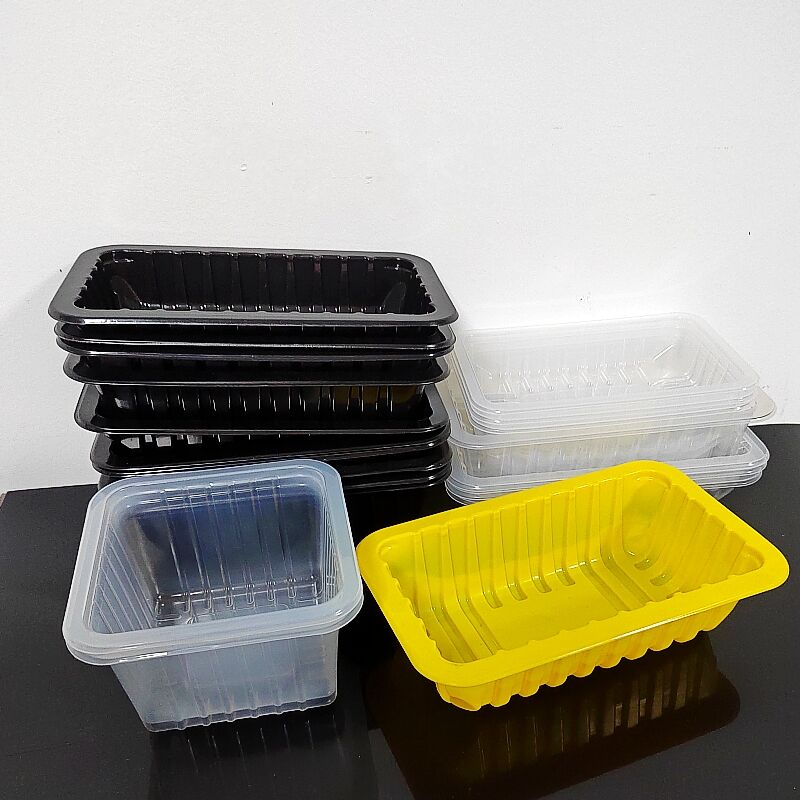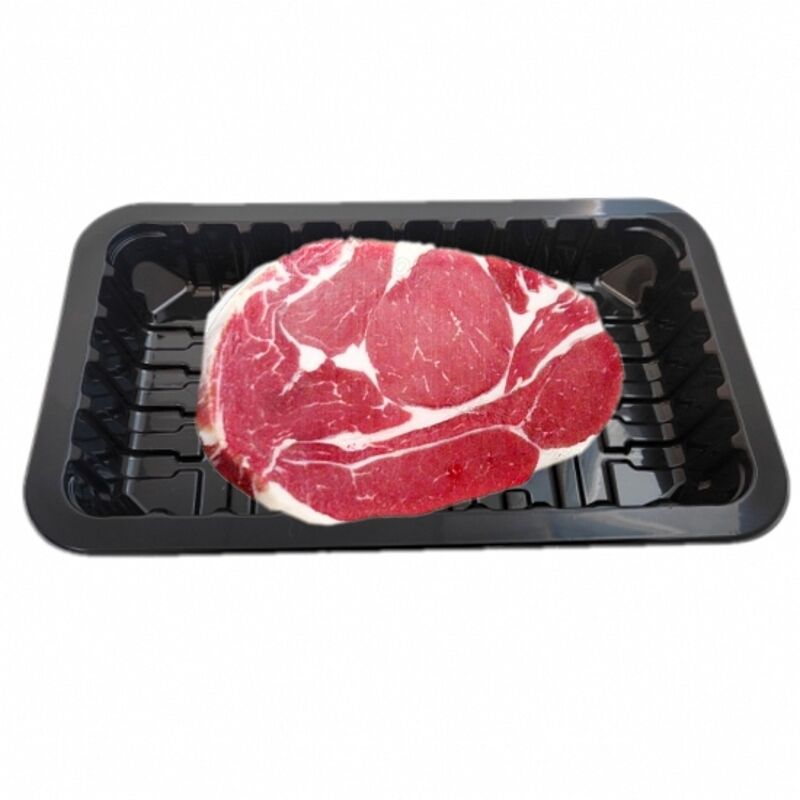balíky na dopravu mraženého masa
Dopravní krabice pro přepravu mraženého masa představují klíčový pokrok v logistice chladového režimu, speciálně navržené k udržení přesné kontroly teploty a integrity produktu během přepravy. Tyto specializované kontejnery mají více vrstev izolace, obvykle kombinující rozšířený polystyrénový pěnu s posilovaným vlnitém kartonem, čímž vzniká účinná tepelná bariéra. Konstrukce zahrnuje strategicky umístěné vzduchové kapsy, které zlepšují izolační vlastnosti a současně snižují celkovou hmotnost. Moderní krabice na přepravu mraženého masa začleňují inovativní systémy monitorování teploty, umožňující sledování interních podmínek v reálném čase během celého procesu dopravy. Krabice jsou vybaveny nepropustnými vnitřními obaly a vlhko-odolnými nátěry, bránícími jakékoliv možnému křížovému kontaminaci nebo horšení produktu. Jsou dostupné v různých velikostech pro akomodaci různých množství mraženého masa, od maloobchodních dodávek po velkoobchodní masovou expedici. Strukturální design zajišťuje schopnost nakládat sebe na sebe pro efektivní skladování a dopravu, zatímco robustní konstrukce odolává náročnostem manipulace a přepravy. Tyto krabice často obsahují speciální stahovací oblasti a posilované rohy pro jednoduché manipulace a další ochranu během pohybu.


